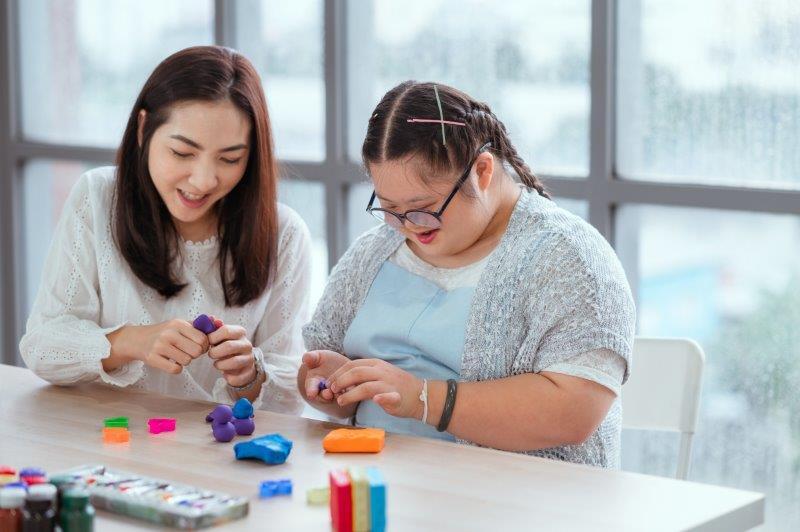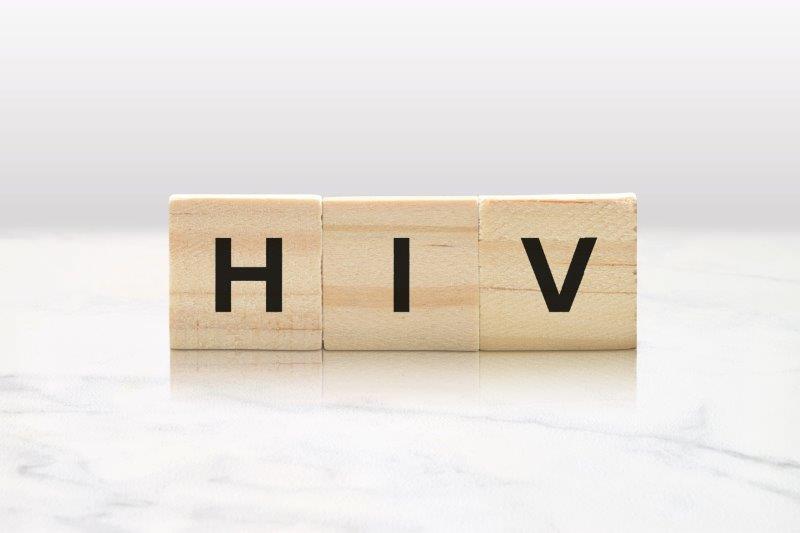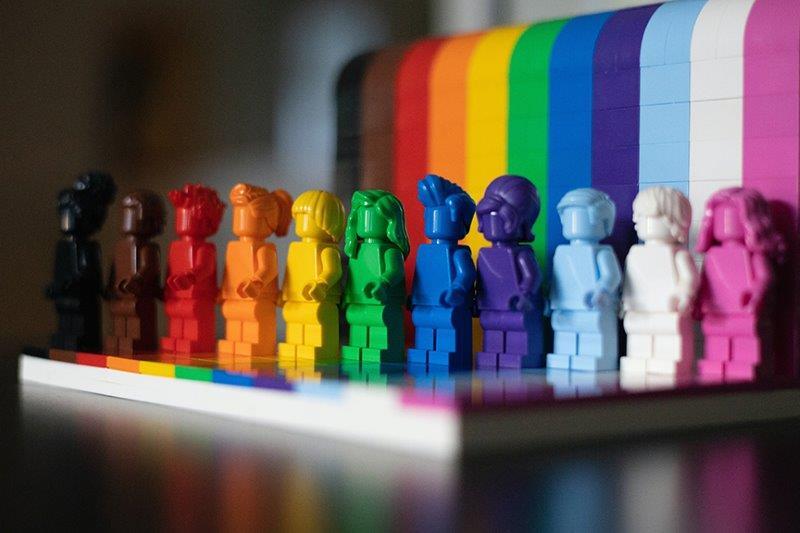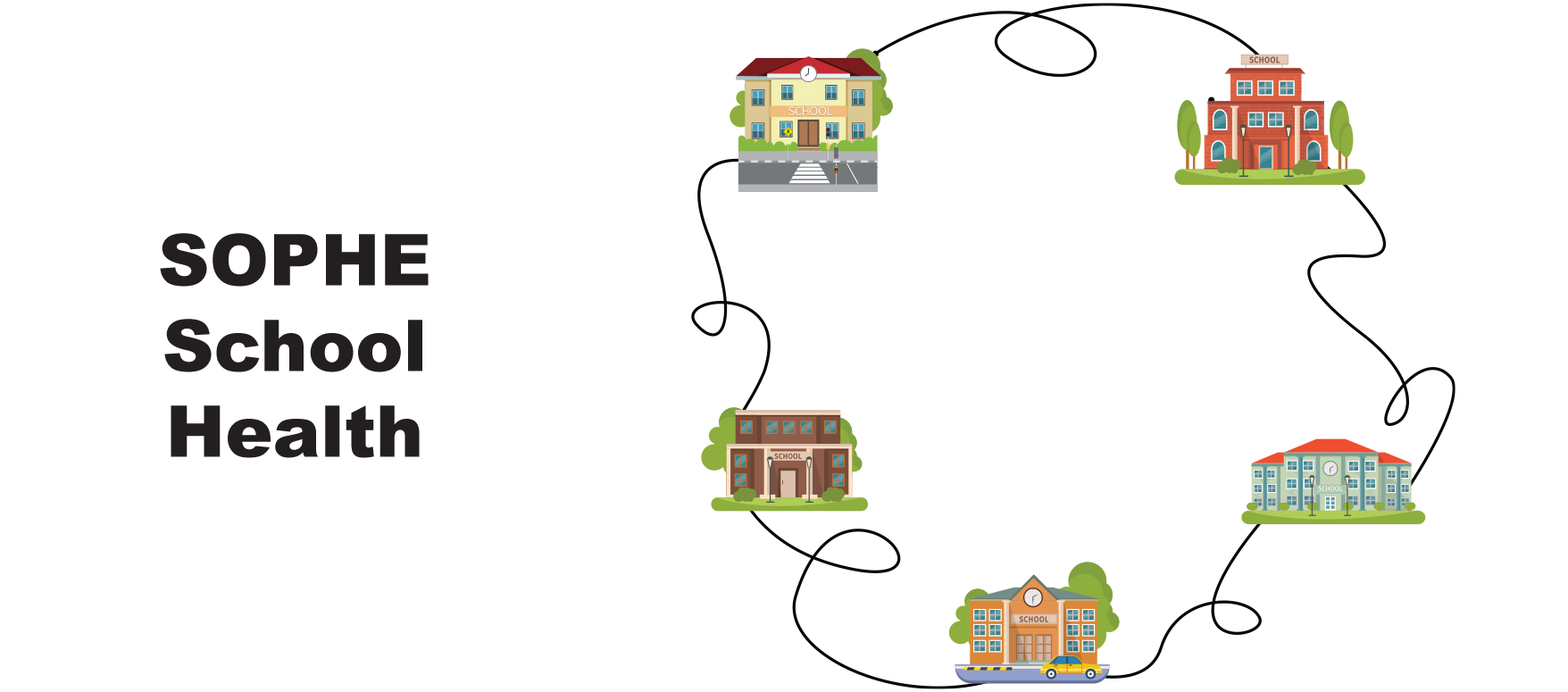
Uses Strategies Designed to Engage Students
Description:
An effective curriculum includes instructional strategies and learning experiences that are student centered, interactive, and experiential. Such strategies may include small-group discussions, cooperative learning, problem-solving, role-playing, simulations, and peer-led activities. Teachers can examine existing lessons to determine strategies that are teacher driven (or led), and teachers can identify ways to adapt strategies to be more student centered. Ensuring that new or existing lessons include frequent opportunities for students to think critically and be actively engaged may help to improve interest, passion, and motivation for learning. Lessons should encourage maximum participation, for the maximum number of students, for the maximum amount of time.1

Example 1
For this example, the unit that is being taught is Sexual Health, and the HBO for the lesson is SH-6: Engage in behaviors that prevent or reduce sexually transmitted infections (STIs), including HIV (HECAT Appendix 3). The specific focus of this lesson is analyzing the myths and facts about HIV.

- Prior to this teaching activity, students have already learned about how the most common STIs, including HIV, are transmitted; the signs and symptoms of the most common STIs and HIV; ways to protect oneself from HIV; and care and compassion for people infected by or living with HIV.
- Students engage in the following choice activity by dispelling myths and misconceptions about HIV.
- The teacher posts three signs around the room: Fact, Fiction, Unsure.
- The teacher explains the activity instructions:
- The choice activity will serve as a review of information taught about HIV.
- A statement about HIV will be read aloud, then students will move to the sign (Fact, Fiction, Unsure) they believe is accurate based on prior learning.
- Once students have moved to a specific sign, the teacher asks why students selected their respective responses and facilitates discussion between the three groups. The teacher then shares the correct response with students and explains why that answer is correct.
- Examples of HIV myths or facts may include the following:
- You can tell if someone has HIV because of the way they look.
- HIV is spread through having unprotected vaginal, anal, or oral sex and the sharing of needles or syringes with someone who has HIV.
- You can get HIV by donating blood.
- HIV can be spread by sneezing or coughing.
- People should not hug those who are living with HIV.
- HIV is not transmitted by casual everyday contact.
- A child can be born with HIV.
- On a sticky note, students write one HIV-related fact they learned and one question they have and place them on the wall as they leave the classroom. The teacher will then follow up with any outstanding questions during the following class.
Example 2
For this example, the unit that is being taught is Mental and Emotional Health, and the HBO for the lesson is MEH-7: Show acceptance of difference in others (HECAT Appendix 3). The specific focus of this lesson is creating a safe and supportive learning environment for all students.

- Prior to this teaching activity, students have already learned about gender, gender identity, and sexual orientation; characteristics that make people unique or special; the benefits of living in a diverse society; and what students need for each student to feel safe and supported in school.
- The students have completed a questionnaire as a homework assignment analyzing how safe and inclusive their school is for lesbian, gay, bisexual, transgender, queer/questioning (LGBTQ) students. The questionnaire may include these areas:
- Lesson content, stories, and graphics are inclusive of LGBTQ adolescents.
- Materials and resources about and for LGBTQ students are available in the library.
- The school has a Gay/Straight Alliance or Gender & Sexuality Alliance or diversity club for all.
- Teachers, staff, or other significant adults are known to be LGBTQ friendly (e.g., display safe-zone stickers or rainbow flags).
- Educational materials depict LGBTQ people/couples, histories, and events.
- Gender-neutral bathrooms and changing areas are present in the school.
- Parent/guardian materials and resources use inclusive terminology, content, and graphics (i.e., include same-sex and same-gender families).
- The students select a partner and discuss findings from their homework assignment, including the following:
- Identify areas in which the school does a good job to support LGBTQ students.
- List three areas in which the school could do a better job.
- Write two specific actions that students and/or adults could take to make the school more supportive and inclusive for LGBTQ students.
- The teacher asks each group to report, discussing their responses and how these actions could create inclusive, safe, and accepting environments for every student. Student groups select one action to focus on during the semester and submit worksheets and action steps to the teacher. Students should include the resources needed to achieve each step (e.g., adult support, time, money, materials for advocacy).
To see in PDF format, please click here.
| Access Date | Quiz Result | Score | Actions |
|---|
